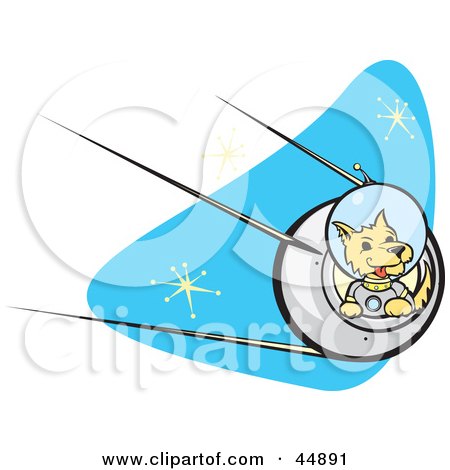- When you draw these symbols make them even more abstracted by zooming in really close or omitting certain details. The viewer should not recognize your objects.
- Remember that these symbols represent your life and that events in your life probably continue to effect you long past the time when they happen. Let your symbols repeat or continue to swirl throughout your long sheet of paper.
- Use the entire sheet of paper, letting your symbols go off of the edges of your paper.
**The entire finished piece of artwork (with color added) will be due on Tuesday, March 9th.**





 "Fashion Rule #13: Carrying a big credit card makes your rear end appear smaller. "–Lady Anon
"Fashion Rule #13: Carrying a big credit card makes your rear end appear smaller. "–Lady Anon 





